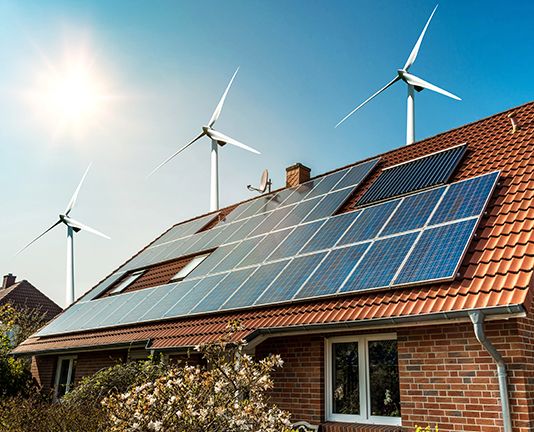According to the S&P Global monthly survey, India’s manufacturing sector experienced its quickest rise in three months in August, powered by a significant increase in new orders and output. The manufacturing sector’s health improved by the second-best amount in nearly three years in August, according to the seasonally adjusted S&P Global India Manufacturing Purchasing Managers’ Index (PMI), which increased from 57.7 in July to 58.6. The robust performance in August was mostly due to strong demand, which led to the fastest increase in new orders since January 2021. According to the report, advertising and competitive pricing were further driving forces for the increase in sales.
Additionally, sales on other continents increased manufacturers’ overall order books. Halfway through the second fiscal quarter, new export orders increased for the seventeenth consecutive month, and they did so most significantly since November 2022, according to the report. While this was going on, a strong demand environment and good market conditions caused output to rise for the 26th consecutive month, and by the most in less than three years.
In August, manufacturers bought more raw materials and semi-finished goods as a result of the increase in output, which caused a dramatic jump in buying levels at one of the quickest rates observed in more than 12 years.
S&P Global survey, however, continued to report that overall employment increased at the slowest rate in four months. According to reports, Indian factories employed both part- and full-time workers who were both permanent and temporary. The key driver of job growth was stated to be the expansion of new orders. Although it was above the series trend, overall employment increased at its slowest rate in four months, it was reported.
This is good news for the Indian economy, which grew 7.8% from April to June, slightly higher than the 7.7% predicted by Reuters and projected to continue to be a bright spot in the global economy. According to SEP Global, manufacturers had optimistic predictions for the production outlook for the upcoming year due to upward adjustments to marketing expenditures, improved customer relations, strong demand, and a good number of client inquiries. Despite being historically high, inflation worries caused the general level of positive sentiment to decline to a three-month low.
In terms of the PMI, a print above 50 denotes expansion and a print below 50 denotes contraction. The replies to questionnaires distributed to purchasing managers in a panel of about 400 manufacturers are used by S&P Global to create the PMI.

